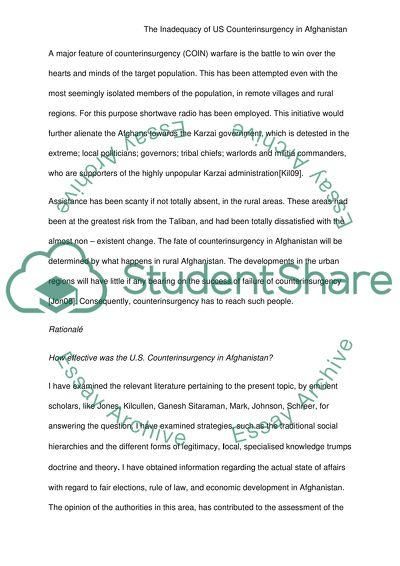Cite this document
(“The Inadequacy of US Counterinsurgency in Afghanistan Literature review”, n.d.)
Retrieved from https://studentshare.org/history/1467897-write-a-literature-review-justifying-why-are-you
Retrieved from https://studentshare.org/history/1467897-write-a-literature-review-justifying-why-are-you
(The Inadequacy of US Counterinsurgency in Afghanistan Literature Review)
https://studentshare.org/history/1467897-write-a-literature-review-justifying-why-are-you.
https://studentshare.org/history/1467897-write-a-literature-review-justifying-why-are-you.
“The Inadequacy of US Counterinsurgency in Afghanistan Literature Review”, n.d. https://studentshare.org/history/1467897-write-a-literature-review-justifying-why-are-you.


